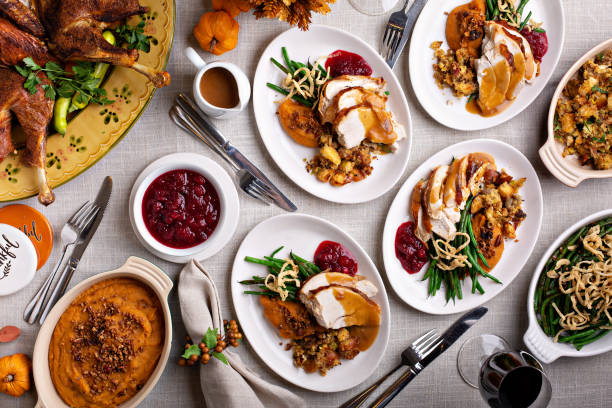The Art of Frosting: A Beginner’s Guide
When I first started baking, decorating cakes and cookies seemed like a super difficult task to conquer (what the heck is piping?!). I’ve done the years of research for you and here I’ll share simple techniques for decorating cookies, including tips on making and working with frosting and icing, to help you get started on your baking journey!
Frosting Cookies for Beginners
When I first embarked on my baking journey, the idea of decorating cakes and cookies seemed daunting. The terminology, such as “piping,” felt unfamiliar and intimidating. However, through years of research and practice, I’ve discovered simple techniques for decorating cookies that I’m excited to share with you. In this blog post, you’ll find valuable tips on working with frosting and icing, along with step-by-step instructions to help you get started on your baking adventure!
The Essentials for Decorating Cookies
To begin your cookie decorating journey, you’ll need a few essential tools and ingredients. Here’s a list of what you’ll require:
- Squeeze bottles or piping bags and tips
- Funnel (if using squeeze bottles)
- Small bowls
- Mixing spoons
- Small paint brushes and toothpicks for spreading icing
- Food coloring
- Sprinkles, sugars, and other decorations
How to Frost the Perfect Cupcakes
Piping frosting on cupcakes may initially seem daunting, but with a little practice, you’ll be able to create bakery-worthy treats. Follow these easy steps to decorate cupcakes like a pro:
Gather the necessary supplies:
- 1M frosting tip (available on Amazon or local craft/baking stores)
- Large coupler (this one is only 2 dollars!)
- Disposable decorating bags
- Frosting and cupcakes!
Making the Frosting:
Creating a simple frosting from scratch is easy. Here’s a basic recipe:
- In a medium bowl, mix 3 cups of powdered sugar and butter using a spoon or electric mixer on low speed.
- Stir in 1 1/2 tablespoons of vanilla and 1 tablespoon of milk.
- Gradually beat in just enough remaining milk (1/2 – 1 tablespoon) to make the frosting smooth and spreadable. Adjust the consistency as needed by adding more milk or powdered sugar.
6 Cake Frosting Tips for Beginners
Frosting a cake can present challenges, especially when working with layered cakes. To ensure your frosting turns out perfectly, consider the following tips:
- Don’t overbeat the frosting: Beating the frosting for too long can make it grainy. Once the butter and sugar are well-mixed and the frosting appears pale and fluffy, stop beating.
- Adjust the frosting’s consistency: If the frosting is too runny, add confectioners’ sugar. Conversely, if it’s too stiff, incorporate some milk or cream until you achieve the desired consistency.
- Keep your frosting and frosted cakes cool: Most types of frosting benefit from being refrigerated both before and after application.
- Refrigerate (or freeze) the cakes: Frosting a warm cake can cause the frosting to melt and become challenging to work with. Cold cakes hold their shape better and minimize the risk of crumbling.
- Trim and level the cake: Ensure the sides of your cake are trimmed for a smooth appearance, and level the surface to prevent instability when stacking multiple layers.
- Use a turntable and parchment lining: Placing the cake on a turntable facilitates smooth and even frosting application. Additionally, lining the turntable with parchment paper allows for easy cleanup and serving.
Introduction to Piping
Piping is a fundamental technique frequently used in baking. Here’s a quick overview to help you understand the process:
- Set up the pastry bag: Insert a pastry tip at the bottom of the bag, and fold a three- or four-inch cuff over the edge of a tall glass or measuring cup. Use a rubber spatula to fill the bag no more than two-thirds full with frosting.
- Begin piping: Place the baked goods on a flat surface. Hold the pastry bag with your dominant hand, twisted end folded, and fingers gripping the body of the bag. Rest the piping end of the bag on your left index finger for better control. Squeeze the bag with your right hand to release the frosting, while using your left hand to guide the pastry bag.
By mastering the art of frosting cookies, you’ll gain confidence and develop your decorating skills. With these essential tips and techniques, you’re ready to embark on your baking journey and create beautifully decorated cookies that will impress both family and friends. Remember, practice makes perfect, so don’t be afraid to experiment and have fun along the way. Share your own decorating tips in the comments below and happy baking!





